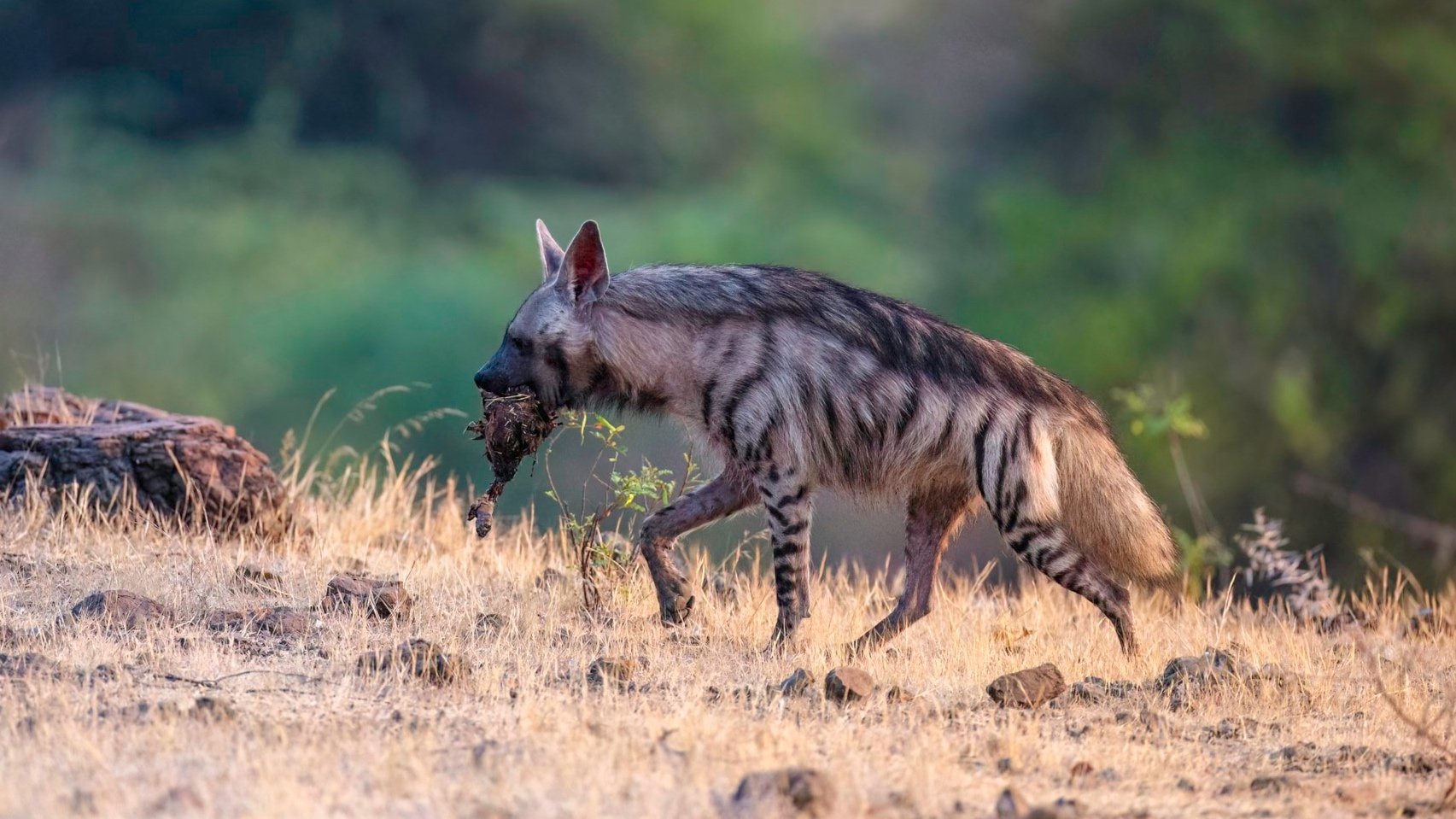Chestnut-bellied Sandgrouse
The Chestnut-bellied Sandgrouse or Common Sandgrouse is a large, plump, and dovelike bird with a pointed tail, sedentary and nomadic species that ranges from northern and central Africa and further east towards western and southern Asia. There are six recognised subspecies.
#wildartworks, #Canon, #Bird, #Birdinginthewild, #BirdWatching, #Wildlife, #conservationphotography, #bhigwan, #BhigwanBirdSanctuary, #Kumbhargaon, #ujnibackwaters, #indapurgrasslands, #kadbanwadi, #ChestnutbelliedSandgrouse, #Sandgrouse, #Pteroclesexustushindustan,
Jungle Cat
The Jungle Cat, also called Reed Cat and Swamp Cat is a medium-sized cat native to the Middle East, the Caucasus, South and Southeast Asia and southern China. It inhabits foremost wetlands like swamps, littoral and riparian areas with dense vegetation.
#wildartworks, #Canon, #Canon1DxMkii, #PromediagearTR424L, #DeityD3Pro, #EF600f4LISIII, #Wildlife, #naturephotography, #wildlifephotography, #NearThreatened, #IndapurGrasslands, #Kadbanwadi, #grasslands, #Maharashtra, #Kumbhargaon, #BhigwanBirdSanctuary, #JungleCat, #ReedCat, #SwampCat, #cat, #wildcat,
Indian Wolf
The Indian Wolf (Canis lupus pallipes) is a subspecies of Grey Wolf & one of their most endangered populations in the world. Travelling in smaller packs and less vocal than other variants it has a reputation for being cunning. There are approximately 400-1,100 wolves living in the Himalayan Region and 4,000-6,000 wolves in the Peninsular Region. The Peninsular Region wolves are mostly found in agropastoral areas that have less forest density.
#wildartworks, #Canon, #Canon1DxMkii, #PromediagearTR424L, #DeityD3Pro, #EF600f4LISIII, #Wildlife, #naturephotography, #wildlifephotography, #NearThreatened, #IndapurGrasslands, #Kadbanwadi, #grasslands, #Maharashtra, #SirsuphalGrasslands, #GrasslandSafari, #Baramati, #IndianWolf, #IndianGreyWolf, #GreyWolf, #extant, #vulnerable, #Canisindica
Striped Hyena
The Near Threatened Striped Hyena is the only hyena species found in India. Hyenas in India inhabit a diversity of habitats, from dry open scrub to deciduous forests and agriculture fields. Although they can hunt down prey, hyenas are generally scavengers, feeding on domestic and wild carrion. Their global population is estimated to be under 10,000 mature individuals and steadily reducing because of deliberate and incidental persecution along with a decrease in its prey base.
#wildartworks, #Canon, #Canon1DxMkii, #PromediagearTR424L, #DeityD3Pro, #EF600f4LISIII, #Wildlife, #naturephotography, #wildlifephotography, #NearThreatened, #IndapurGrasslands, #Kadbanwadi, #grasslands, #Maharashtra, #SirsuphalGrasslands, #GrasslandSafari, #Baramati, #StripedHyena, #Hyena, #HyenaHyena, #extant,
The winter migrants of Yenkathala
Once again I venture into the Yenkathala/ Enkathala grasslands, home to as many as 191 bird & numerous wildlife species like the Indian Grey Mongoose. In winter these spectacular grasslands host some beautiful migrants - the Montagu’s & Pallid Harriers - which fly from Russia and Eastern Asian countries traveling over 5,000 kilometers to winter here in the dry sub-humid type of grasslands.
#wildartworks, #Canon, #Canon1DxMkii, #PromediagearTR424L, #DeityD3Pro, #EF600f4LISIII, #Bird, #Birdinginthewild, #BirdWatching, #Wildlife, #WildBirds, #naturephotography, #your_best_birds, #planetbirds, #earthcapture, #photo_pond, #earthpix, #naturyst, #TelanganaBirds, #HyderabadBirds, #YenkathalaGrasslands, #Enkathala, #EnkathalaGrasslands, #Mominpet, #wildtelangana, @save_yenkathala, #MontagusHarrier, #montaguharrier, #pallidharrier, #paleharrier
Indian Grey Mongoose
Noted for their audacious attacks on highly venomous snakes such as king cobras, the mongoose are any of nearly three dozen species of small bold predatory carnivores found mainly in Africa but also in southern Asia and southern Europe. The 33 species belong to 14 genera with the most common and probably best-known being the 10 species of the genus Herpestes, among which are the Egyptian mongoose, or ichneumon (H. ichneumon), of Africa and southern Europe and the Indian grey mongoose (H. edwardsii), made famous as Rikki-tikki-tavi in Rudyard Kipling’s The Jungle Book.
#wildartworks #canon #Wildlife #wildlifephotography #telanganawildlife #natgeoindia #conservationphotography #indian_wildlifes #indianwildlifeofficial #wildlifeonearth #planet_untamed_magazine #bbcearth #natgeowild #animalsofthedeccan #grasslands #yenkathalagrasslands #EnkathalaGrasslands #Yenkathala #Enkathala #IndianGreyMongoose #Mongoose
Grey Francolin
The Grey Francolin is a species of francolin found in the plains & drier parts of the Indian subcontinent and Iran. This species was formerly also called the grey partridge, not to be confused with the European grey partridge. They are mainly ground-living birds and are found in open cultivated lands as well as scrub forest and their local name of teetar is based on their calls, a loud and repeated Ka-tee-tar...tee-tar which is produced by one or more birds. The term teetar can also refer to other partridges and quails. During the breeding season calling males attract challengers, and decoys were used to trap these birds especially for fighting.
#wildartworks #wildlifephotography #jungle #wild #forest #wildlife #conservationphotography #wildlifeonearth #bbcearth #natgeowild #natgeoindia #grasslands #Kumbhargaon #Bhigwan #Pench #Tadoba #Ranthambore #kabini #LittleRannofKutch #greyfrancolin #francolin #partridge
Chinkara
The shy Chinkara or the Indian gazelle (Gazella bennettii), is a gazelle species native to Iran, Afghanistan, Pakistan & India. With a reddish-buff summer coat & smooth, glossy fur the Chinkara stands at 65 cm tall & weighs about 23 kg. They thrive in arid plains & hills, deserts, dry scrub and light forests.
#wildartworks #wildlifephotography #bhigwan #jungle #wild #forest #wildlife #conservationphotography #wildlifeonearth #bbcearth #natgeowild #natgeoindia #ungulate #grasslands #Kumbhargaon #Chinkara #IndianGazelle #Gazelle #Deer #Bovidae









